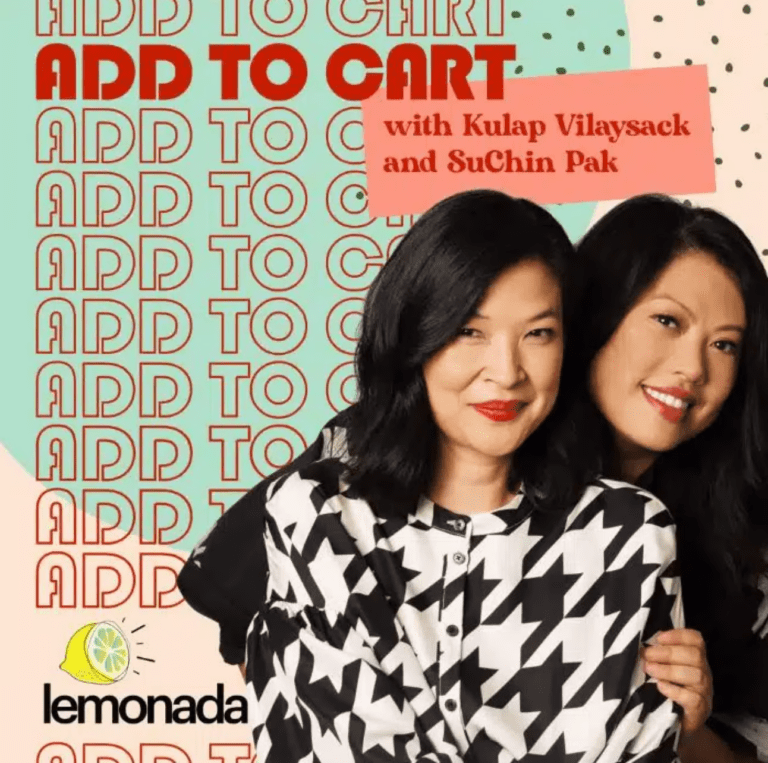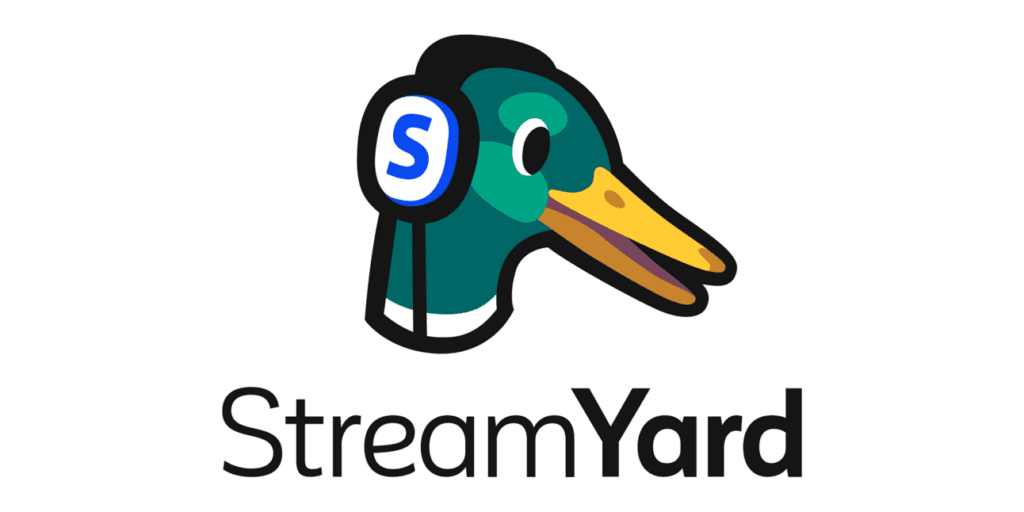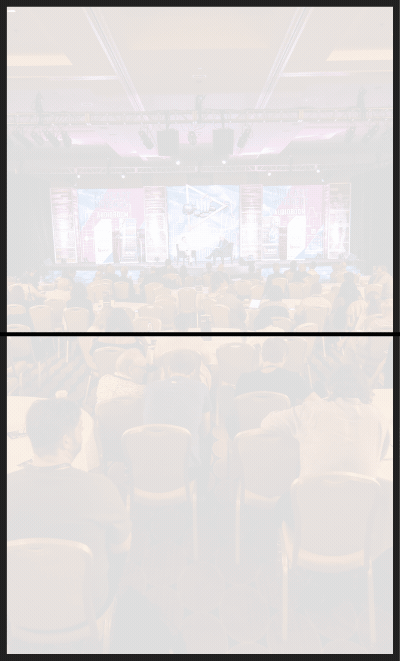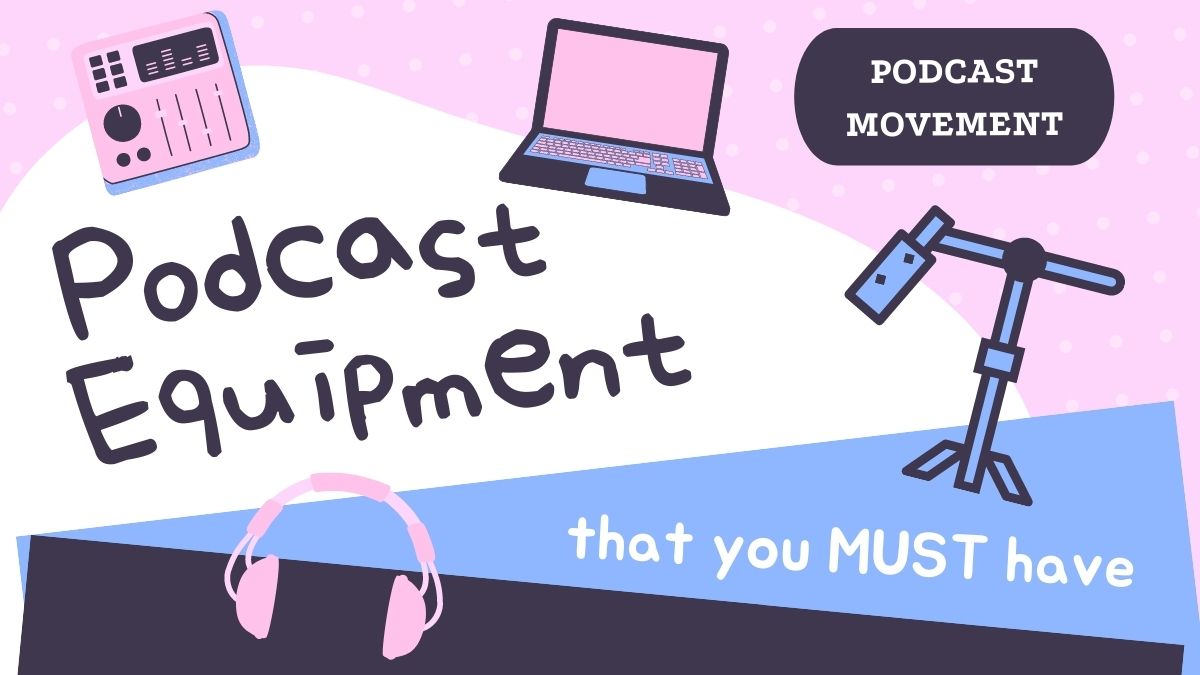
Presented by StreamYard
Every morning I jump out of bed and step on a landmine. The landmine is me. After the explosion, I spend the rest of the day putting the pieces together.
Ray Bradbury
🌊 Creativity’s Changing Tides
If you produce creative work long enough, you’ve likely found yourself in periods of disconnect. Days, weeks, even months where the imagination fields you’ve worked so hard to sow fail to yield crops. Winter’s frost, it seems, has hardened the soil.
That’s when fear kicks in.
What happened? Have I lost my touch? Will the spark ever return?
“As creative people, we tend to forget that everything else in nature takes moments to go dormant,” says Matthew Kuhn, a 20-year Pixar storytelling veteran. “They need to take a rest. You’ve got to let your brain go dormant for a bit and it’ll come to you.”
When the impact of creativity’s low tides turns to weary resignation, remember you’ve been here before. The lamp will relight. The seeds will germinate and break through the soil. The tide, in due time, will rise again.
Hey, podcasters and content creators! Level up with StreamYard, your go-to for live streaming and podcasting. Simple, powerful, stable and easy to use. Best part? No hidden fees, no trials – just pure creative bliss. Ready to captivate your audience? Dive in, sign up free today!
Signal Flow: SuChin Pak
Industry game changers and valiant minds from other creative professions share their wisdom, adversities, and paths to innovation.

As a veteran journalist and former MTV News Correspondent, SuChin Pak has interviewed some of the world’s most interesting people — from Mariah Carey to George Lucas and beyond. SuChin now co-hosts the Lemonada Media podcast Add to Cart, where she and comedian Kulap Vilaysack have honest and revealing conversations about what they’re adding or removing from their “carts.” The concept extends beyond just material objects and dives into philosophies, trends, and anything else that says something about what we buy and buy into.
You can't have a life, you can't be interesting, you can't be entertaining if you're out of touch with the world. Way back in my career, when I first moved to New York, before MTV, I was doing a daily live talk show for the Oxygen Network. Two hours every day. And like every talk show, you start with a chat between the hosts. After about three months, the producers were like, “Okay, girls, this chat is dying.” I'm like, “Because we haven't done much outside of work.” And so our homework was to go out three nights a week to have material for the talk. That changed everything.
I have to be very cognizant of what my rest word is, that go-to phrase you use when you're thinking. For a lot of people that’s “um.” Mine is “so.” “So, you know…” And we do that unconsciously when we're talking in a conversation. Nobody cares when we do it, nobody even realizes. But if I took out every single one of the “so’s” out of my conversation while I was talking with people, I think they’d be like, whoa, she's on speed. She's so intense. With podcasting being an audio medium, I'm still very conscious of it, but I let one through when it feels right.
The creative process for me is to over-prepare, so when I get into it, I can really take whatever direction I want.
Being in front of the camera, you're so much more aware of the way your body moves. I've almost lost that skill where you have to sit so still when you're talking on camera, versus in podcasting, you can be doing whatever. I've done a few on-camera pieces since I started podcasting. I'm like, “Whoa, what the hell are you doing with your hands?”
An interview isn't going well if I'm just going through the list of questions I prepared beforehand. That's how I know a conversation is fine but not great. Because either I can't get there or this person is not going there with me. The list of questions is more of a security blanket. The best conversations are when you ask the first question and you never ask another question that was on the sheet. That's how you know a conversation is on another level, the energy and answers are totally different.
The most interesting part of a conversation is the follow-up question. That’s where the conversation really starts.
The follow-ups require you to be completely engaged and present in the conversation. Because the follow-up question is the spontaneous question. In the best-case scenario, it puts the person you're talking to off-guard a bit. And I'm not talking, “Gotcha!” I'm talking about, “Wow, no one's ever asked me that question” or “I never thought of it that way.” That’s when I know I’m getting into a juicy convo.
The expectations for questions with on-camera interviews and podcasts are very different. When you're sitting down with someone on broadcast television, I'm not expecting them to tell me about some weird, ancillary story that happened on the way to the big awards show. It’s about the show itself, that's what we're all here for. We want to know what happened on the stage. But in podcasting, I want to know all the weird stops you made, what gas stations you went to, and what snacks you ate on the way to the big show. That’s why I listen to podcasts—I want to get into the texture of the moment versus the big headline.
The disadvantage of interviewing someone via Zoom is you can't pump up the energy in a room as quickly and effectively. I've walked into in-person interviews where I can tell this person is tired or they’re on their tenth interview of the day. You can crack a joke, you give hugs, there's body language, you could bring them their Starbucks order—there are so many tricks you can do to bring that energy up physically. On Zoom, if someone is tired, there's only so much running on the hamster wheel I can do to get them to snap into focus.
That said, I love interviews way more over Zoom than in person. I just find the in-person part of it to be more distracting for me. I don't know that I would feel the same had I not had decades of only doing in-person interviews.
I'm a Leo, and then I'm also a rabbit on the Asian side. I'm either a mile a minute or comatose.
The thing that fills my creative bucket is consuming. I'm not talking about A24 films, I’m talking about consuming garbage. But I'm passionate about that garbage. For example, I can talk forever about this book series a lot of women are into right now that’s smut romance / fairy tale science fiction.
What I’m saying is it doesn't matter what you’re into, you’ve got to have time to be into stuff. Otherwise, your show just becomes stale. Especially if you're doing a weekly podcast. The hardest thing is how do you keep that conversation fresh? How do you keep it like champagne bubbles and not some stale slice of bread?
Podcasting is a medium where it only gets good when you start to figure out and settle into who you really are off-mic. And then bring that to the recording.
I'm constantly recalibrating in conversations, asking myself, “Am I performing? Or am I revealing?”
I'm so used to performing. Even though I'm not an actor or actress, being in front of the camera is performing a role. Even a journalist is a role that's not authentically who I am. My kids aren't sitting around being like, “Journalist, can you make me chicken nuggets?” I think tapping into your true self is essential for your show, however funny or sad or weird it may be.
Further Exploration
Celeste Headlee’s Ted Talk, How to Have a Good Conversation, offers a barrel of bite-sized wisdom I find myself both practicing and sharing time and time again.
Enjoying The Noise Gate? Why not share it with a fellow podcaster?
Until next time, have a bold week.
– Doug
For advertising information, contact Kristy at kristy@podcastmovement.com





Join the Movement